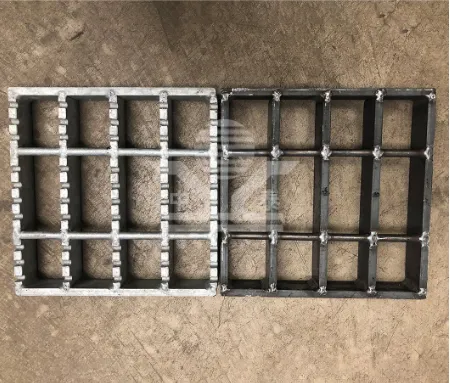Highway Sound Barrier Wall Design An Overview
As urban areas continue to expand and highways stretch further into residential neighborhoods, the need for effective sound mitigation strategies has become increasingly critical. Highway sound barrier walls serve as a practical solution to combat the noise pollution generated by vehicular traffic. These walls are designed not only to reduce noise but also to enhance the aesthetic appeal of the environment. This article will explore the essential aspects of highway sound barrier wall design, including materials, acoustic principles, and the integration of greenery.
Understanding Noise Pollution
Noise pollution from highways is primarily caused by the sound generated by moving vehicles. This includes engine noise, tire friction, and interactions between vehicles and the road surface. High noise levels can lead to adverse health effects, including stress, sleep disturbances, and cardiovascular issues. To address these concerns, the installation of sound barrier walls has become a standard practice in urban planning.
Design Principles
The effectiveness of a sound barrier wall is influenced by several design principles. The primary goal is to reduce the transmission of sound waves from the highway to nearby residential areas. The following are key principles in sound barrier wall design
1. Height and Length The height and length of the wall play a substantial role in its effectiveness. Generally, the taller and longer the wall, the better it will perform in blocking sound. Ideally, a barrier should be at least 8 to 10 feet tall to effectively shield homes from highway noise. However, the exact dimensions will depend on the topography and the distance of the receptor (such as a home) from the highway.
2. Materials The choice of materials is crucial in sound barrier construction. Many barriers are made from dense materials like concrete or masonry, which are effective at absorbing and reflecting sound. Alternatively, wood and composite materials are often used for aesthetic reasons but may be less effective acoustically. The surface texture of the material can also impact sound reflection; smoother surfaces tend to reflect sound better than rough ones.
highway sound barrier wall design

3. Acoustic Shape The shape of the wall can influence noise attenuation. A wall with a curved top or a slanted face may better diffuse sound waves compared to one with a flat surface. Furthermore, strategically designing the wall to include overhangs can direct noise away from sensitive areas.
4. Location The placement of the sound barrier is equally important. Ideally, barriers should be located as close to the highway as possible while being situated above any potential noise obstructors (like earth berms) in adjacent areas. This ensures maximum sound blocking effectiveness.
Aesthetic Integration and Sustainability
While the primary function of sound barriers is noise reduction, their integration into the environment should not be overlooked. An aesthetically pleasing design can enhance the visual landscape, and many municipalities now prioritize blending barriers with natural surroundings.
One innovative approach involves using green walls or incorporating landscaping features such as trees and shrubs alongside or on top of barriers. These additions not only contribute to noise attenuation but also promote biodiversity, improve air quality, and provide a cooler microclimate. Additionally, the use of recycled materials in construction can support sustainability goals.
Conclusion
The design of highway sound barrier walls is a multifaceted discipline that balances functionality, aesthetics, and sustainability. By understanding the principles of acoustics, selecting appropriate materials, and considering the surrounding environment, urban planners and engineers can create effective sound barriers that significantly reduce noise pollution for nearby residents. As cities continue to grow and evolve, the importance of thoughtful sound barrier design will only increase, helping to improve the quality of life in urban settings.
-
Why Galvanized Trench Cover Steel Grating Resists Corrosion
NewsJul.10,2025
-
The Versatility and Strength of Stainless Expanded Metal Mesh
NewsJul.10,2025
-
Load Calculations in Steel Grating Platforms
NewsJul.10,2025
-
Keeping Pets and Kids Safe with Chicken Wire Deck Railing
NewsJul.10,2025
-
Hole Diameter and Pitch for Round Perforated Metal Sheets
NewsJul.10,2025
-
Aluminium Diamond Mesh in Modern Architecture
NewsJul.10,2025
Subscribe now!
Stay up to date with the latest on Fry Steeland industry news.

